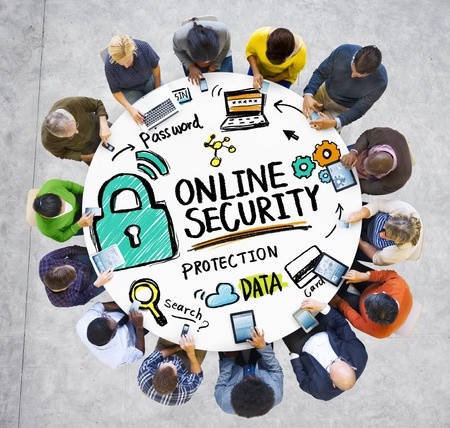5 Free Online Security Tools
I’ve always told my clients that the Internet is a dirt road.
By now we are all aware of the dangers of the Internet. I tire of the daily reports of large Internet sites being hacked and passwords or credit card numbers stolen. Those reports won’t end soon. I’ve found and used some tools that have helped me detect problems and manage passwords that I want to pass on to you here. I do not reference Virus scanners like MacAfee or Norton, because I assume that you are already using this type of protection. The problem with those tools is that they do not protect you from all threats.
1. LastPass – Maintain Good Passwords
Perhaps the biggest weakness that compromises Internet accounts of all kinds is our use of really bad passwords. We’ve all heard the horror stories of “123456” or “Password” type passwords, but it goes way beyond that. There are botnets out there that are constantly trying to crack your password by trying a myriad of easy to guess passwords. A Botnet is a large network of zombie computers that have been compromised by malware. Yours may be one and you don’t know it. When a password is guessed, it is passed on to the mother ship for later use. When it is your email account, one day all of your contacts receive spam from you.
There is a great way to fight it and that is to use good passwords, and a different password for every account. That otherwise daunting task becomes possible with a password manager like LastPass. LastPass allows manage all of your passwords in a password vault. When installed in your browser, LastPass remembers all of your passwords and fills them in – of course only after you have logged in to LastPass. Now you can have a difficult to guess password for every account, and a different one for every account. If your computer is stolen, LastPass will require the user to log in again. The only risk here is if you walk away from your computer while still logged in to LastPass. But if you are like me, you get in the habit of locking your computer every time you walk away or leave home.
2. Google Dual Authentication
Ok, so you want to use your vulnerable password. There is a way to do that and still be secure, but you will have to do a little more work when you log in. Google allows you to employ 2 step authentication. That means when you want to log in to your Google account, you will put in your password, and then they will text you a code that you will also have to input in order to complete the login.
8/8/2016 Update: Here is a great article on 2 Factor Authentication with some details on how it works.
3. ADWCleaner – Clean Your Adware
Adware is marketing software that, without your permission, is installed on your computer when you download and install other software. It works in the background or looks innocuous while it gathers your browsing habits. One program called SuperFish is installed on every Lenovo computer. This package has recently been identified as a major potential vulnerability by hackers and should be deleted from your computer.
Many of the programs that you can use to eliminate adware install adware themselves, but I’ve been using one lately that I think works well – AdwCleaner. This package will scan your computer for adware and clean it at your election.
Download AdwCleaner here.
4. Google Software Removal Tool
In response to adware attacking the Chrome browser, Google created its own Software Removal Tool – a malware detector and cleaner. It will clean and reset your Chrome browser.
Download Google’s Software Removal Tool.
5. Siteadvisor by MacAfee or Norton Browser Protector
All of the major providers of virus scanning software also have a site scanner, or a browser based tool to tell you if a website has been compromised. It presumes that the company that provides that software has, in fact, detected that there is a problem with the site. If a site has been flagged as bad, you receive a warning screen that indicates that the site has been compromised. In a Google (or Bing) search, sites will be flagged with a green check or a red “x” to tell you if the site is ok or not. This software my be provided with your security software. If not, upgrade your package, because knowing that a site is bad before you click is quite useful.

